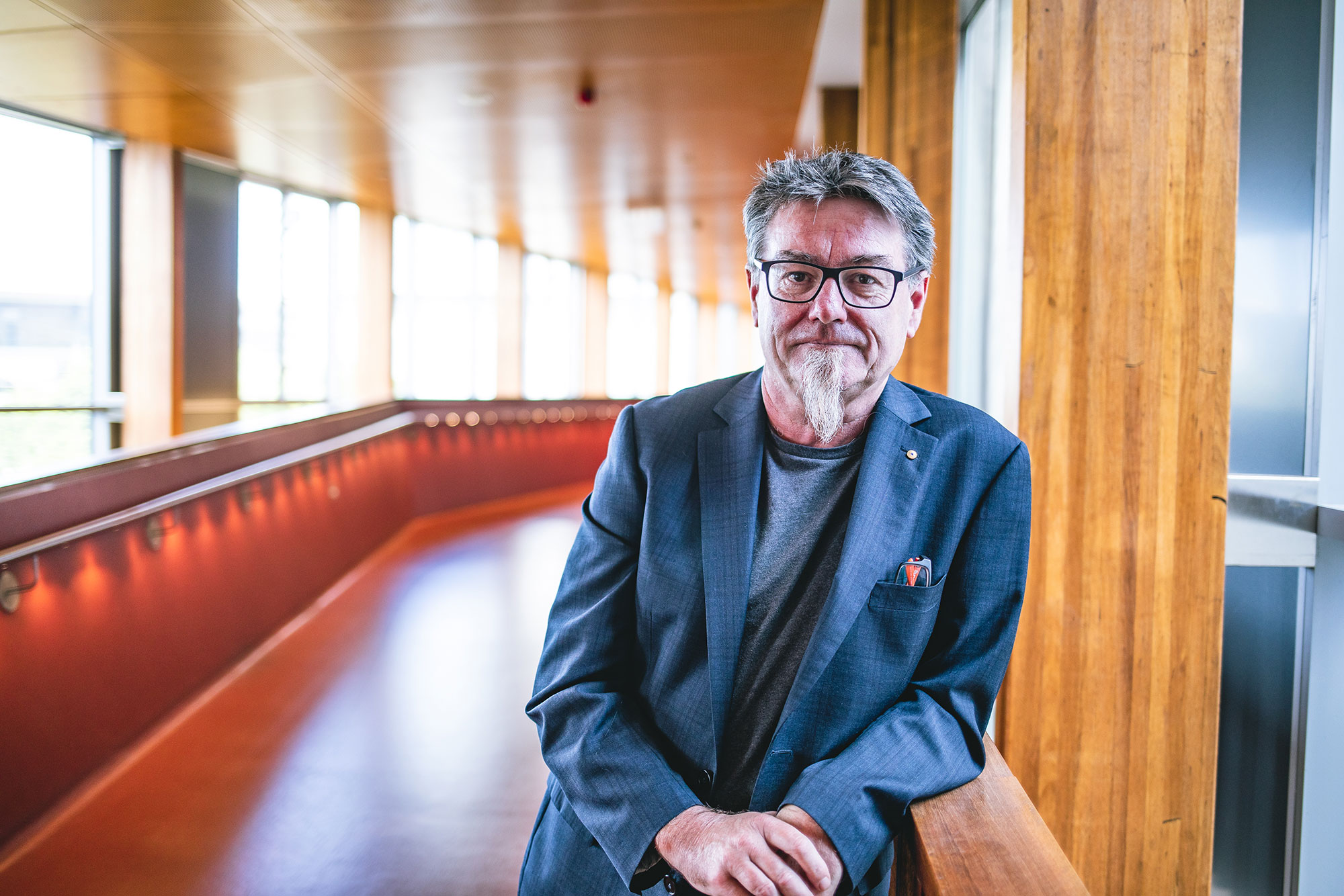News
3D printing bone tissue
Jun 28 2022
ARC Centre of Excellence for Electromaterials Science (ACES) researchers at our University of Wollongong node are leading the way in exploring new treatment options for schizophrenia using 3D electrical stimulation.

ACES and the Illawarra Health and Medical Research Institute have been working together for a number of years to examine options for treating a neural connection that causes schizophrenia.
In a new study, recently published in Scientific Reports, the team has demonstrated for the first time the positive effect of 3D electrical stimulation in primary cortical neural cultures from both normal and disease models of schizophrenia.
ACES Director Prof Gordon Wallace said the newly published research demonstrates an opportunity to investigate an alternative to traditional pharmalogical treatments for schizophrenia which have limited effectiveness.
“We know that a deficit in the growth of neurites, which facilitate communication from brain cells, is one of the underlying causes of schizophrenia, and we know that electrical stimulation can improve neurite outgrowth,” Prof Wallace said.
“Our previous work was based on a 2D cell culture system, while neural tissues are actually 3D structures, so we’ve taken our research one step further by designing and fabricating a system to test the effects of electrical stimulation on 3D cells cultured in collagen gels utilising 3D printing techniques.”
Illawarra Health and Medical Research Institute’s Prof Xu-Feng Huang said this research is an exciting step forward towards treating the root cause of schizophrenia.
“We believe this system could be translated into a possible treatment option for patients with developmental mental illness, such as schizophrenia,” Prof Huang said.
“There are about 30% treatment-resistant schizophrenia that respond poorly to any pharmacotherapy. The innovation may offer these patients with some hope for treatment and a better life.
“The 3D nature of our study has allowed us to closely align our test environment with real-life conditions to evaluate the biological effects of the electrical stimulation, and we’ve seen enhanced movement of cells and neurite growth, and improved communication.”
Prof Wallace said this study provides a new concept for diagnosing neurite deficits in neurodevelopmental diseases, and a viable platform to test treatment options.
“Our ultimate goal is to develop a 3D neural construct to mimic the real-life clinical situation, so we can continue testing and developing treatment options and make a real difference in the lives of the some 200,000 Australians living with schizophrenia.”













